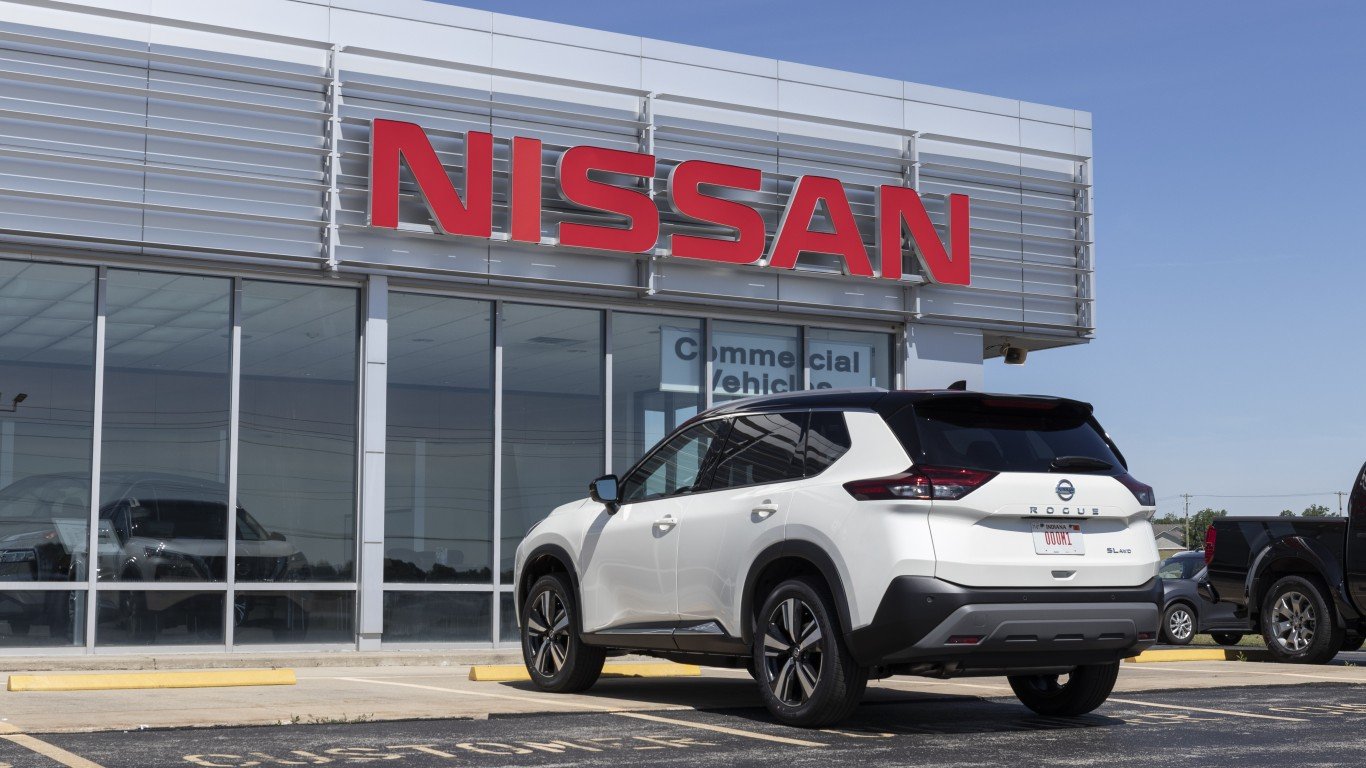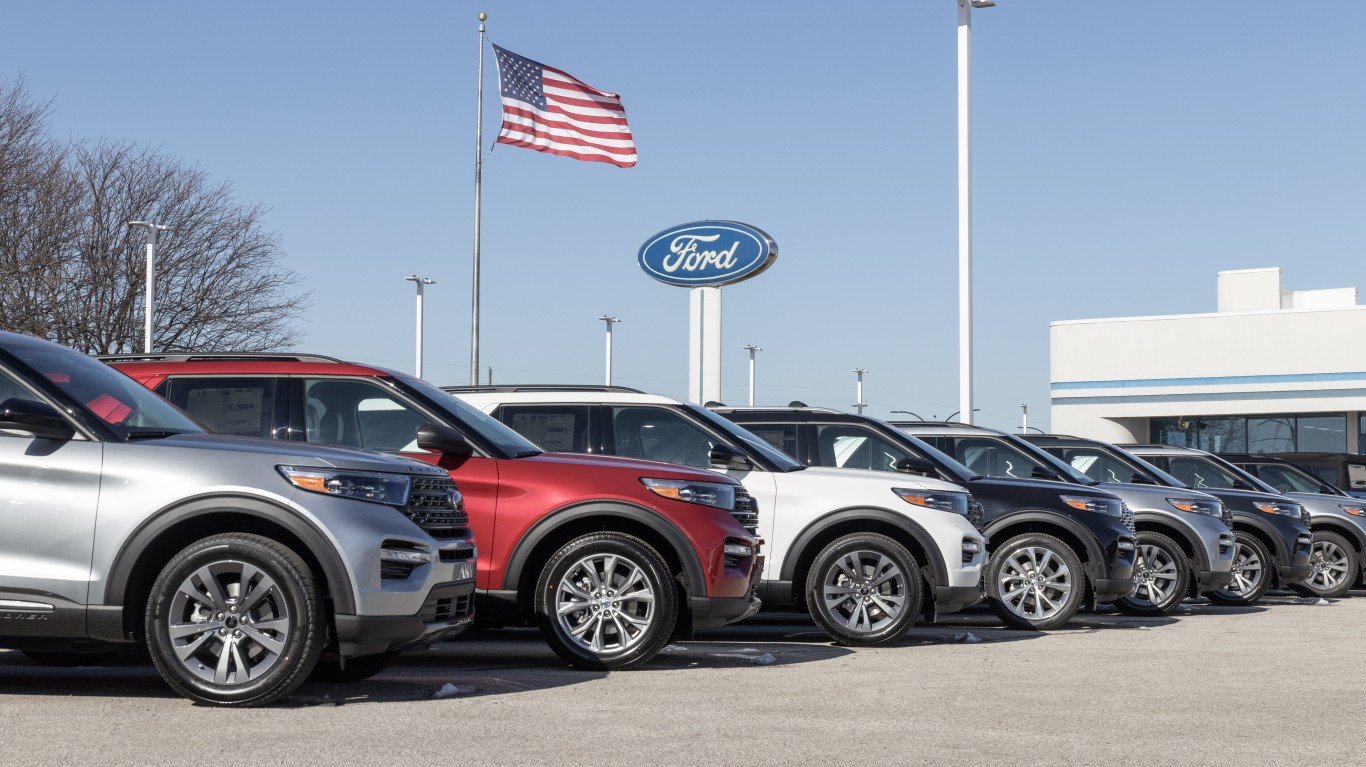

The oil crisis of 1973 led to a sharp increase in oil prices and a shortage of fuel which influenced the automotive market in the 1970s. This crisis highlighted the vulnerabilities of the American auto industry’s reliance on larger, gas-guzzling cars, as consumers shifted their preferences towards smaller, more fuel-efficient models. More stringent environmental regulations, covered under the Clean Air Act, along with the establishment of the Environmental Protection Agency (EPA), compelled the industry to invest in cleaner technologies, resulting in the development of catalytic converters and unleaded gasoline. The rise of reliable, fuel-efficient Japanese imports posed competition, as well. In response to these changing market dynamics, automakers refined their models. Join the 24/7 Wall St. gang as we take a trip down memory lane revisiting the 30 coolest cars released in the 1970s.
1970 Chevy Vega

The 1970 Chevy Vega represents Chevrolet’s response to the growing demand for smaller and more fuel-efficient cars during a time of rising concerns about fuel consumption. Launched as a subcompact car, the Vega was available in various body styles, including a two-door coupe and a wagon. One of its notable features was the innovative aluminum-block engine, an attempt to reduce weight and enhance fuel efficiency. Despite its initial popularity and being recognized as the Motor Trend Car of the Year in 1971, the Vega faced issues with durability and reliability, challenges that ultimately affected the car’s reputation and long-term success. The Vega was retired in 1977.
1970 De Tomaso Pantera
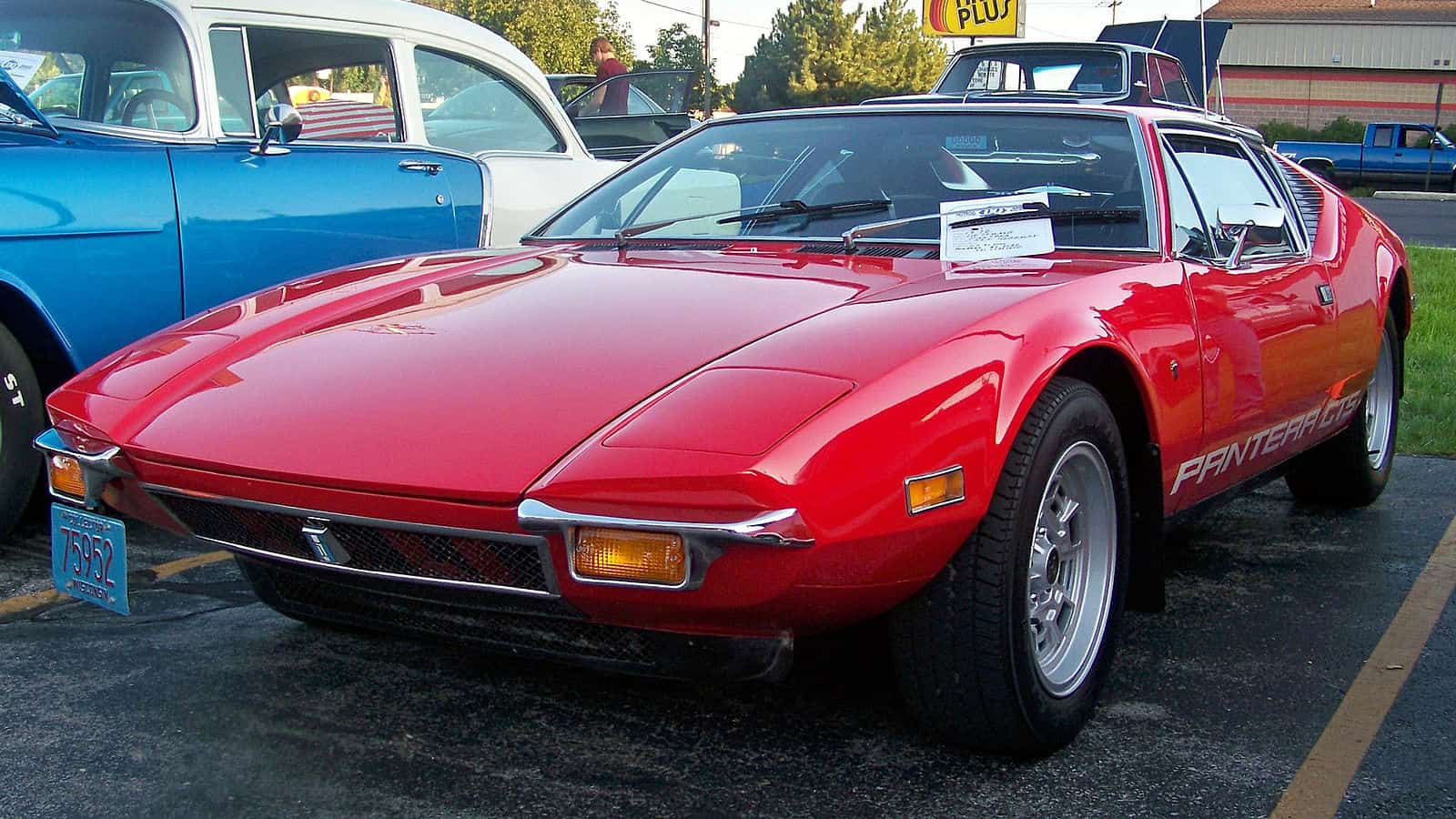
The 1970 De Tomaso Pantera, is an iconic Italian-American sports car that seamlessly blended sleek Italian design with American power. Featuring a mid-engine layout, the Pantera boasted a Ford 5.8-liter Cleveland V8 engine, providing it with a top speed of 222 mph! The collaboration between De Tomaso and Ford allowed for a broader market appeal, combining Italian styling with the reliability and accessibility of American mechanical components. Despite its initial success, challenges arose around quality control and the economic downturn of the 1970s. The Pantera was discontinued in 1992.
1970 Toyota Celica
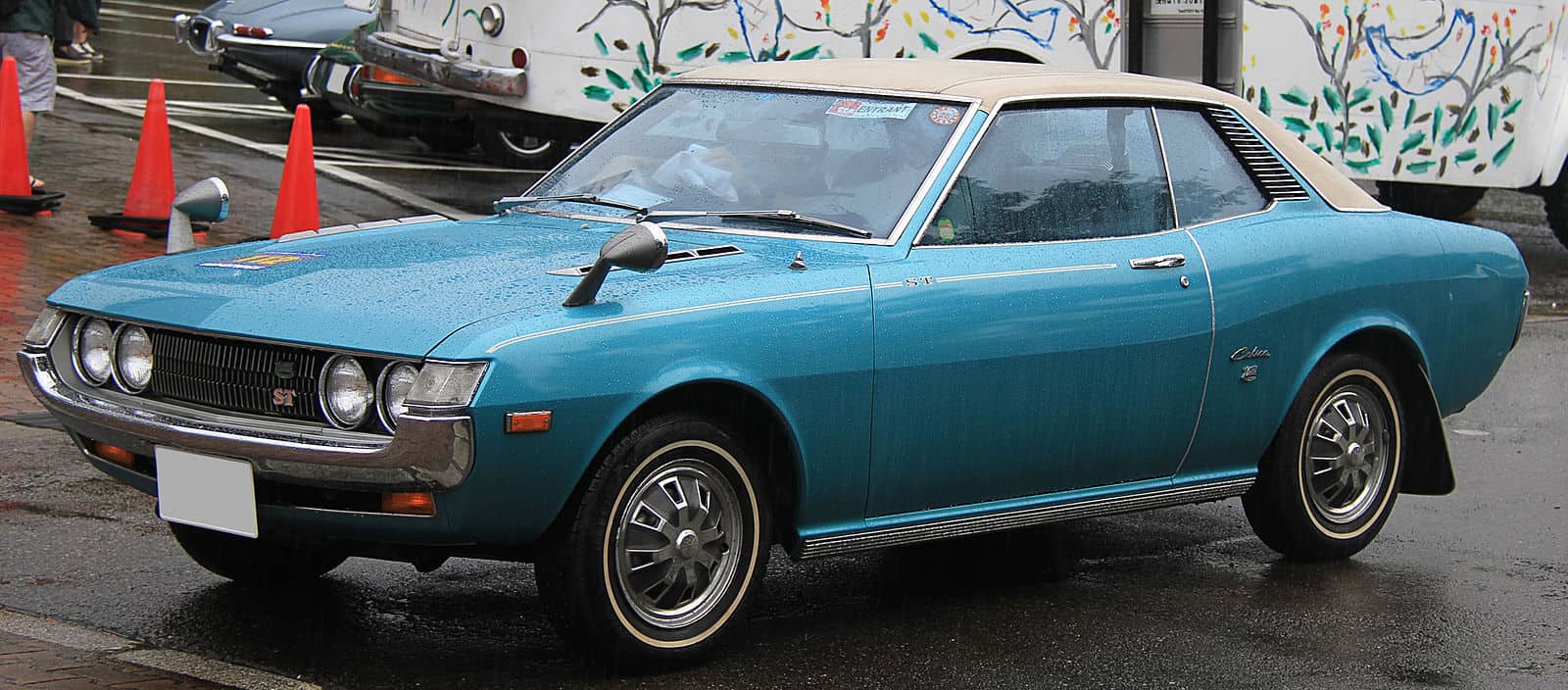
The Toyota Celica marked the debut of a trendsetting Japanese sports car that would go on to become an automotive icon. As one of the earliest Japanese cars to cater specifically to the American market, the Celica embodied a blend of stylish design and practicality. Under the hood, a four-cylinder engine delivered a balance of performance and fuel efficiency. The Celica’s affordability and reliability were an immediate hit with consumers, contributing to Toyota’s reputation for producing affordable dependable vehicles that persists.
1971 Stutz Blackhawk

The Stutz Blackhawk is the very essence of automotive extravagance and bespoke craftsmanship. Produced by the luxury car manufacturer Stutz Motor Car of America, the Blackhawk was a limited-production, hand-built masterpiece. Featuring a sleek, elongated body adorned with ornate details, the Blackhawk presented an air of exclusivity. The interior was all about leather and wood. Under the hood, the Blackhawk boasted a powerful V8 engine, a perfect marriage of performance and aesthetic. Marketed to a select clientele, including celebrities and dignitaries, the Stutz Blackhawk was the pinnacle of personalized automotive opulence. Approximately 600 Blackhawk units were produced between 1971 and 1987.
1971 Monica
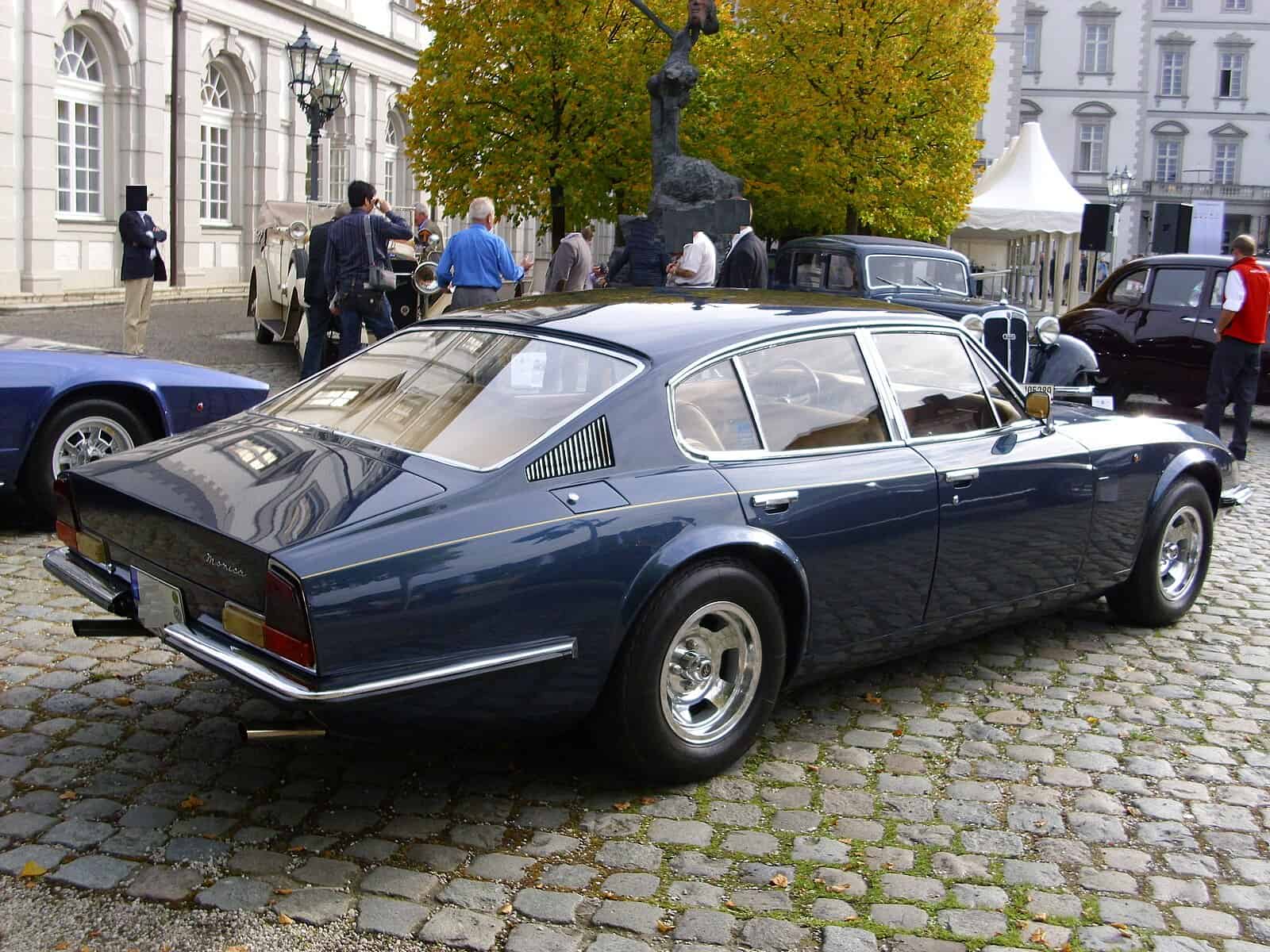
The Monica, a French luxury car, was built by Automobiles Monica to challenge established luxury brands like Rolls-Royce and Bentley. The Monica was powered by a Chrysler V8 engine, while the interior was a work of the finest materials and craftsmanship. Despite its promising start, financial troubles and the global oil crisis of the 1970s led to the demise of the Monica after the production of only 40 units between 1971 and 1975.
1971 Holden HQ
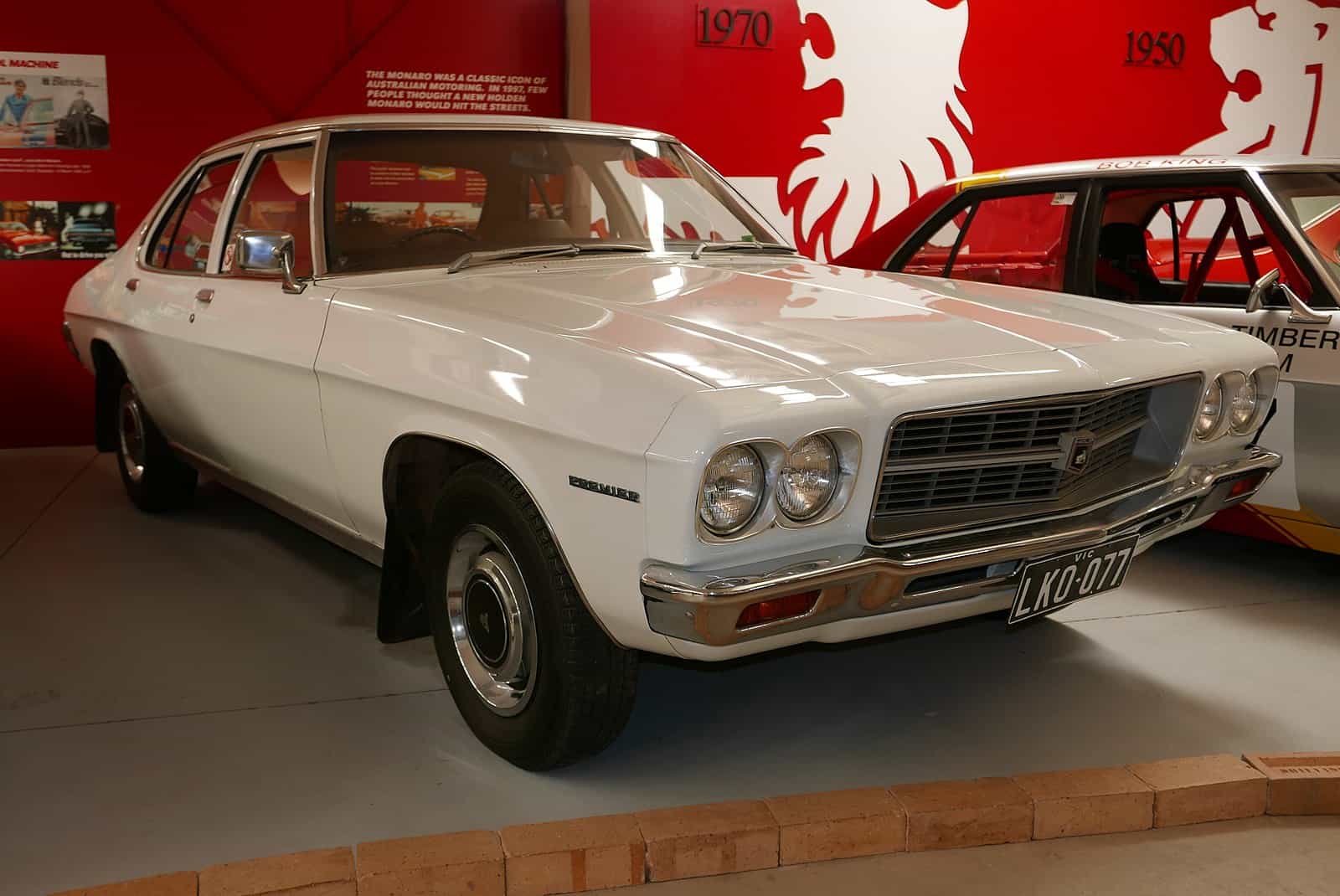
The Holden HQ, produced by the Australian automaker Holden from 1971 to 1974, is a third-generation Kingswood. The HQ’s revamped design with its bold lines and a more substantial body, attracted a diverse market, offering coupes, sedans, and wagons. The HQ was well-received for its durability and reliability, becoming a popular choice for Australia’s families.
1972 Honda Civic
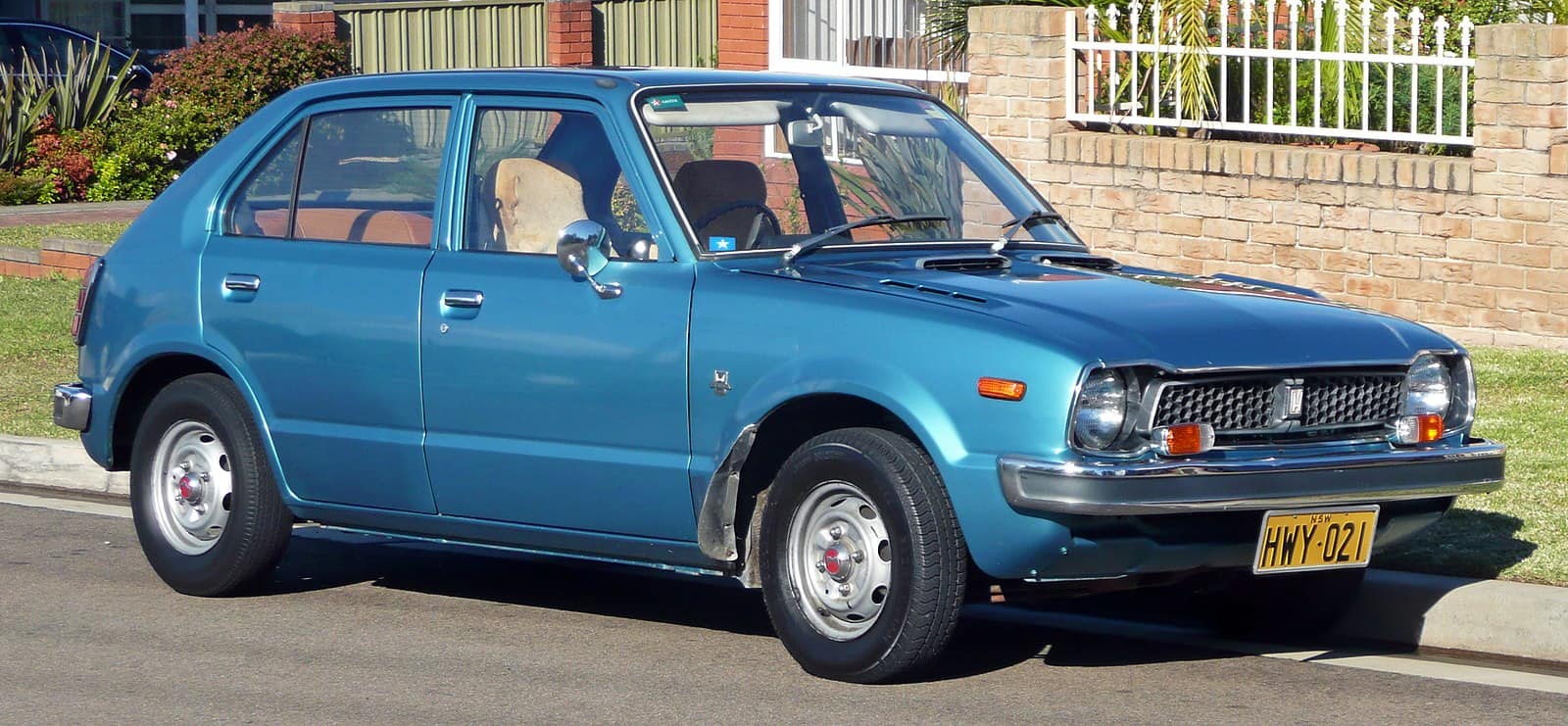
A model doesn’t last for 50 years unless it’s cool, and the Honda Civic is 52. The Civic, a pioneering, fuel-efficient compact car paved the way to establishing Honda as a reliable and innovative carmaker. Introduced amid the global oil crisis, the Civic addressed the growing demand for fuel-efficient vehicles. Its compact design, efficient use of interior space, and lightweight construction made it exceptionally economical and practical. The Civic’s success in the U.S. market was significant, challenging traditional perceptions and influencing the shift towards smaller, more efficient American-made cars.
1972 Panther J72

The 1972 Panther J72 is a classic British sports car crafted by Panther Westwinds, a niche automaker specializing in hand-built luxury cars. The J72 was a meticulous homage to the iconic Jaguar SS100 from the 1930s. The Panther J72, an open-air roadster featured a long hood and flowing fenders. The J72 was powered by a Jaguar XK-series engine, contributing to its performance and delivering an exceptional driving experience. With under 400 produced between 1972 and 1986, the Panther J72 is a sought-after collector’s item for its blend of classic aesthetics and modern performance.
1972 Volkswagen SP2
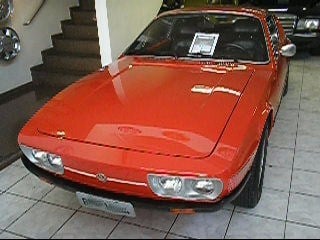
The Volkswagen SP2, introduced in 1972, was a unique and stylish sports car manufactured by Volkswagen of Brazil. The SP2 was designed amid the growing demand for sportier and more performance-oriented vehicles. The SP2’s distinctive fastback design and sleek lines set it apart from other Volkswagen models of the time. Under the hood, it housed an efficient, air-cooled 1.7-liter flat-four engine. The SP2 was popular for its avant-garde design and comfortable interior. The Volkswagen SP2 remains a beloved and collectible classic in Brazil, where it is celebrated for its blend of style and practicality.
1973 Enfield 8000
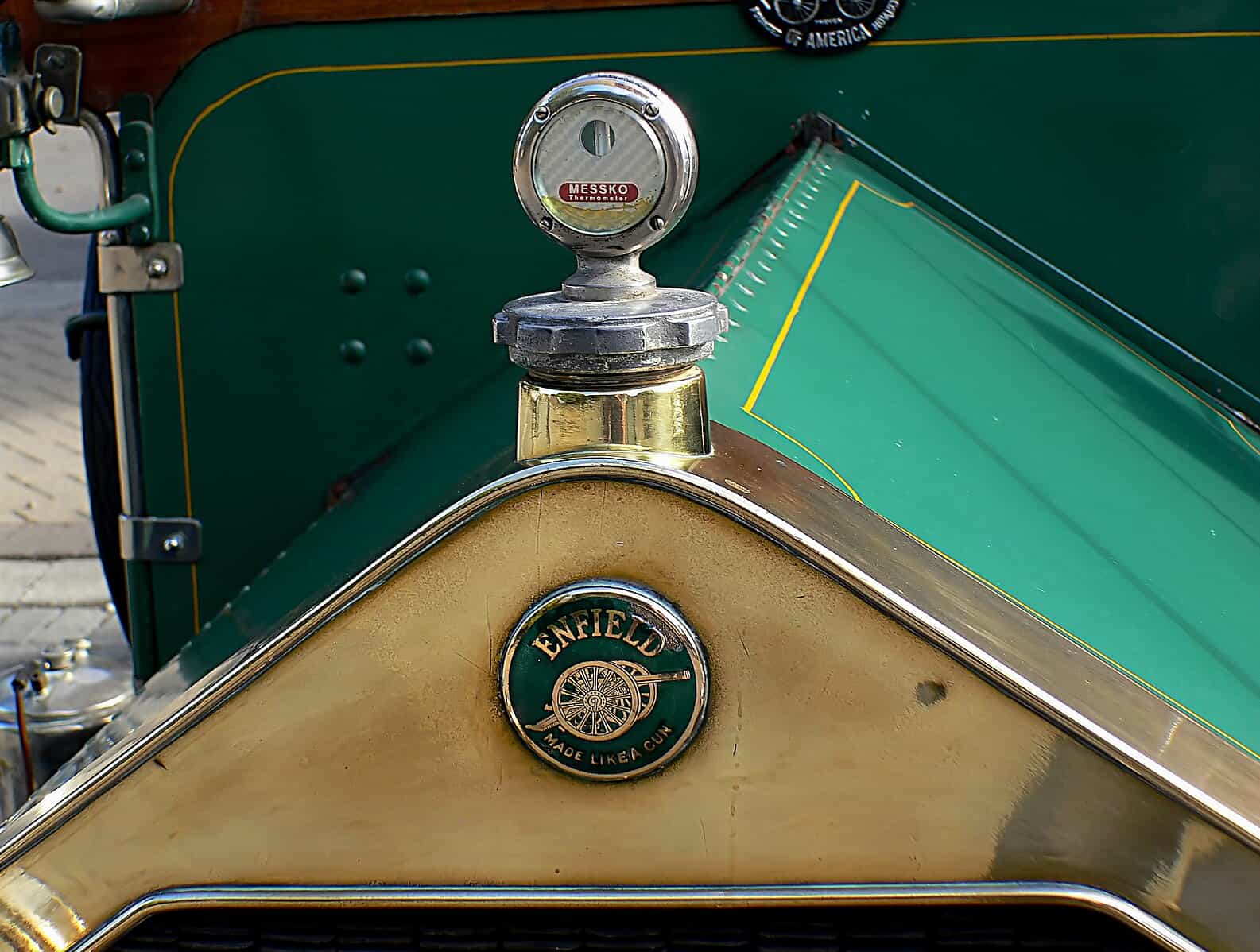
With a quirky design and a fiberglass body, the Enfield 8000, was an innovative electric two-seater microcar manufactured by the Enfield Automotive company on the Greek Island of Syros. Its electric powertrain offered a modest range (40 miles/charge) and performance (37 mph/top speed), which reflect the technological limitations of the time. Despite its lack of commercial success and limited production (120 units), the 8000 laid the groundwork for future advances in electric mobility.
1973 Matra Simca Bagheera
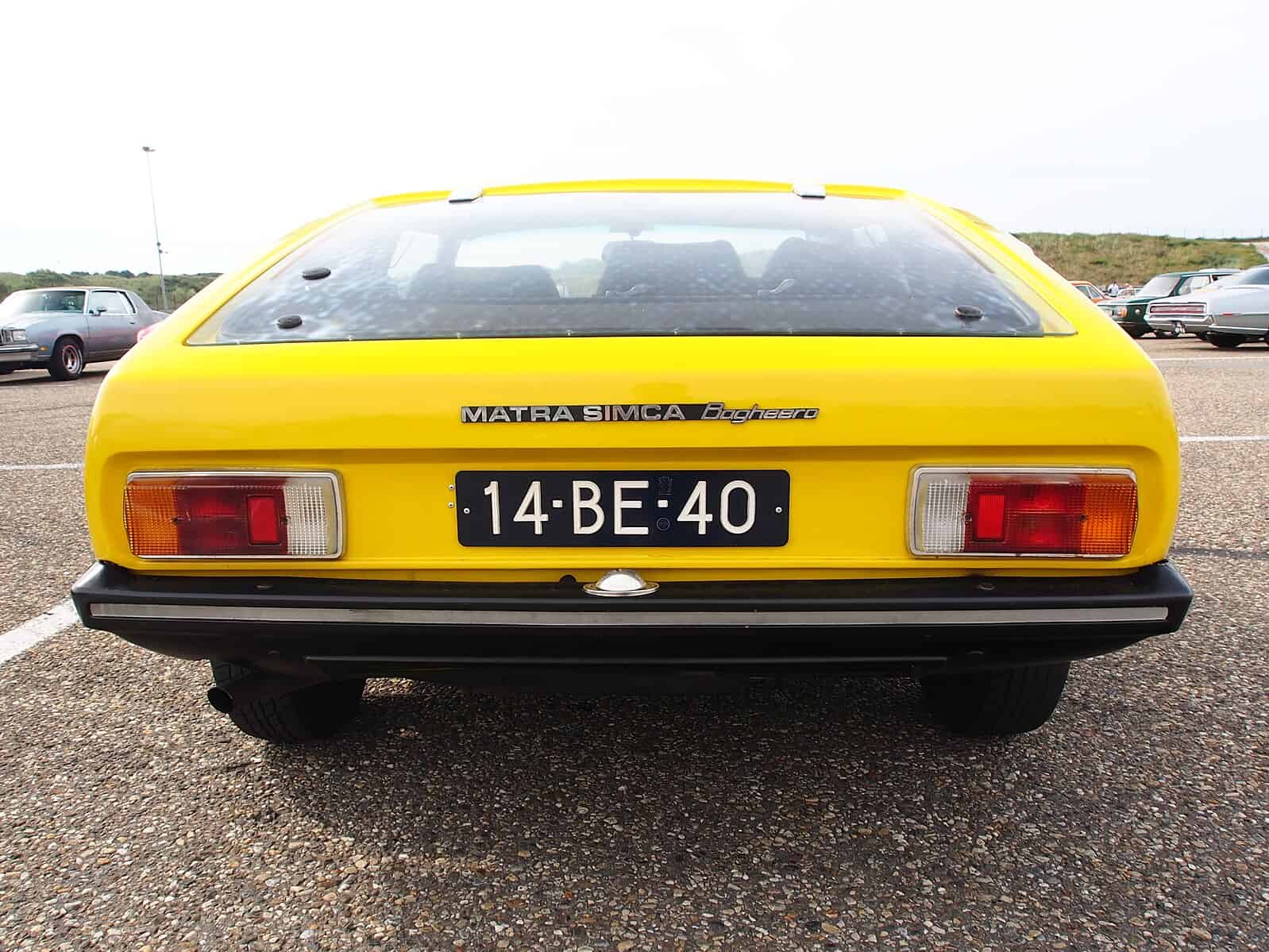
The Matra Simca Bagheera, introduced in 1973, was a distinctive sports car that captured the essence of French design and engineering. Produced in a collaboration between Matra and Simca, the Bagheera was a compact, three-door, mid-engine coupe, featuring a unique triangular layout with a central driving position flanked by two passenger seats. Its unconventional design, combined with the reliability associated with Simca and Matra engineering, made the Bagheera an immediate success in the sports car market. While production ceased in 1980, the Matra Simca Bagheera remains a cult classic appreciated for its distinctive styling and innovative approach to design. Fun Fact: The car was named after the panther, Bagheera, in Rudyard Kipling’s classic The Jungle Book.
1973 Reliant Robin
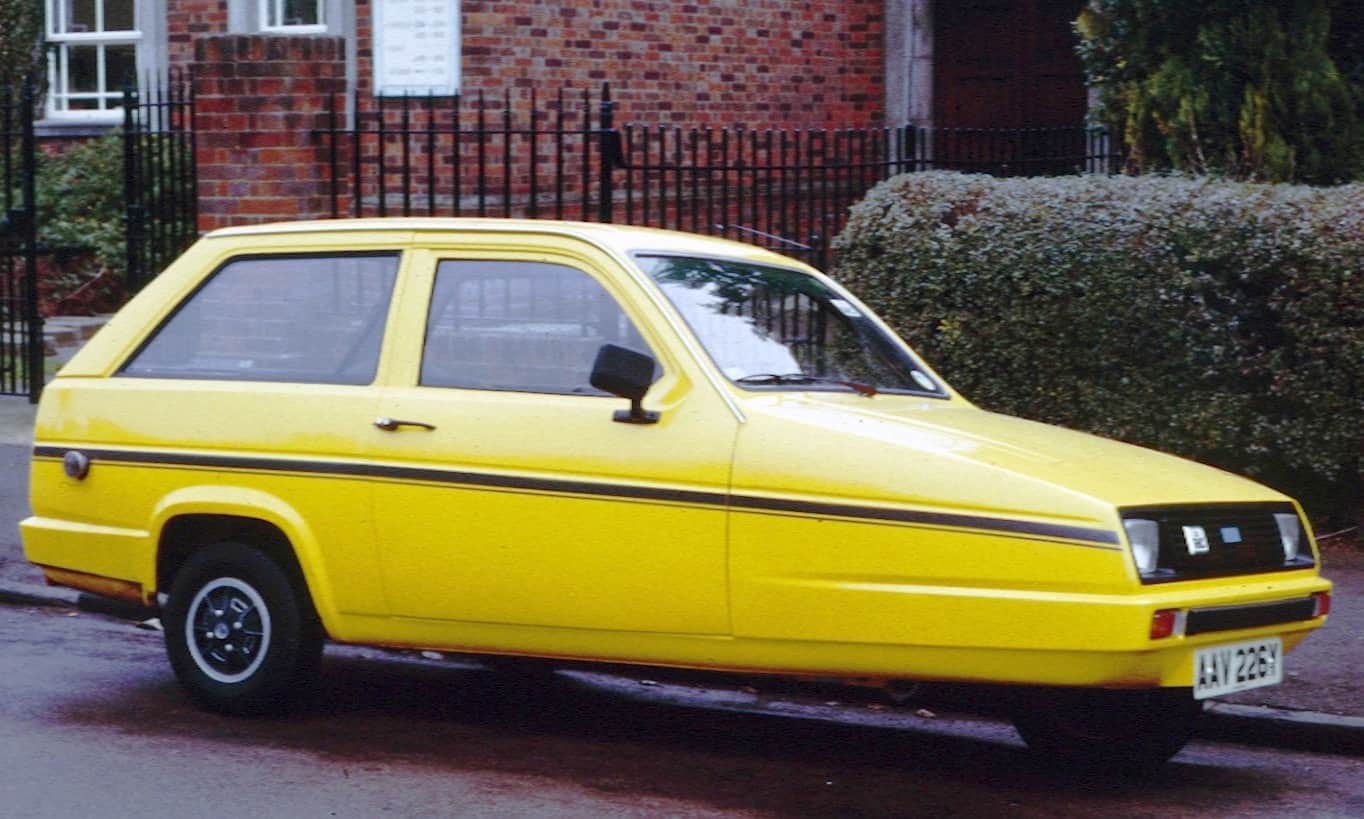
Of the 30 coolest cars released in the 1970s, the Robin is one of the funkier ones. The Reliant Robin, an eccentric three-wheeled car produced by the British manufacturer Reliant from 1973 to 2002, is iconic for its quirky design. With a single wheel at the front and two at the rear, the Robin featured a lightweight fiberglass body and a compact size. Its unconventional layout allowed it to be driven with a motorcycle license in the U.K. Despite its unorthodox appearance and reputation for tipping over, the Reliant Robin gained a cult following for its affordability and fuel efficiency. The Reliant Robin’s charm has led to a niche following and its enduring popularity.
1974 Panther De Ville

The second of three Panther Westwinds cars to make our list, The Panther De Ville was built on a Jaguar platform and featured a design that paid homage to the grandeur of classic luxury cars. The Panther De Ville’s striking exterior with its elongated lines, distinctive grille, and lavish detailing was a first-class eye-turner. The interior was equally striking and well-appointed. Powered by a Jaguar engine, the De Ville offered a blend of performance and elegance. Its timeless design coupled with its limited production (60 units) has rendered the Panther de Ville a highly sought-after collectible. Disambiguation: Not to be confused with the Cadillac de Ville.
1974 Sebring-Vanguard Citicar
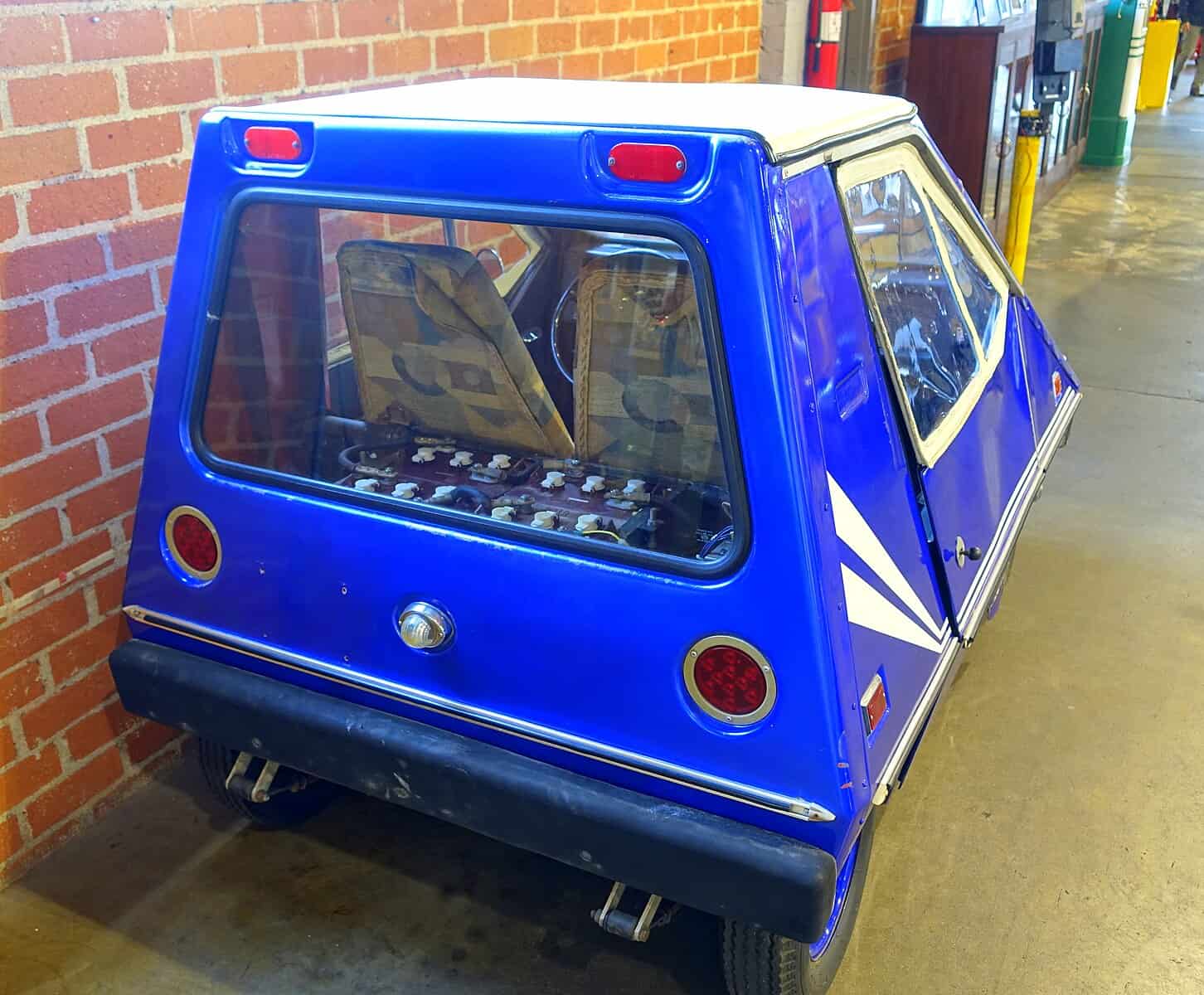
Marked by rising environmental awareness and oil shortages, the 1970s saw an increase in the production of electric car models like the Sebring-Vanguard Citicar. A compact, lightweight vehicle, the Citicar was simply designed with a small body and large windows. It was marketed as an in-town car, with a range of 40 miles and a top speed of 38 mph. Before the Nissan Leaf and Tesla entered the market, the Citicar held the record for most electric produced, at 4500, securing its place in history as one of the successful e-cars.
1974 VW Scirocco

Introduced in 1974, the Volkswagen Scirocco, featured a distinctive wedge shape, sharp lines, and a sleek profile that reflected the 70s emphasis on aerodynamics and efficiency. Over the years, the Scirocco underwent various updates and redesigns, maintaining its reputation as a practical yet sporty hatchback. With its sporty design and reliable performance, the Scirocco has maintained a dedicated fan base since the model was retired in 2017.
1975 AMC Pacer
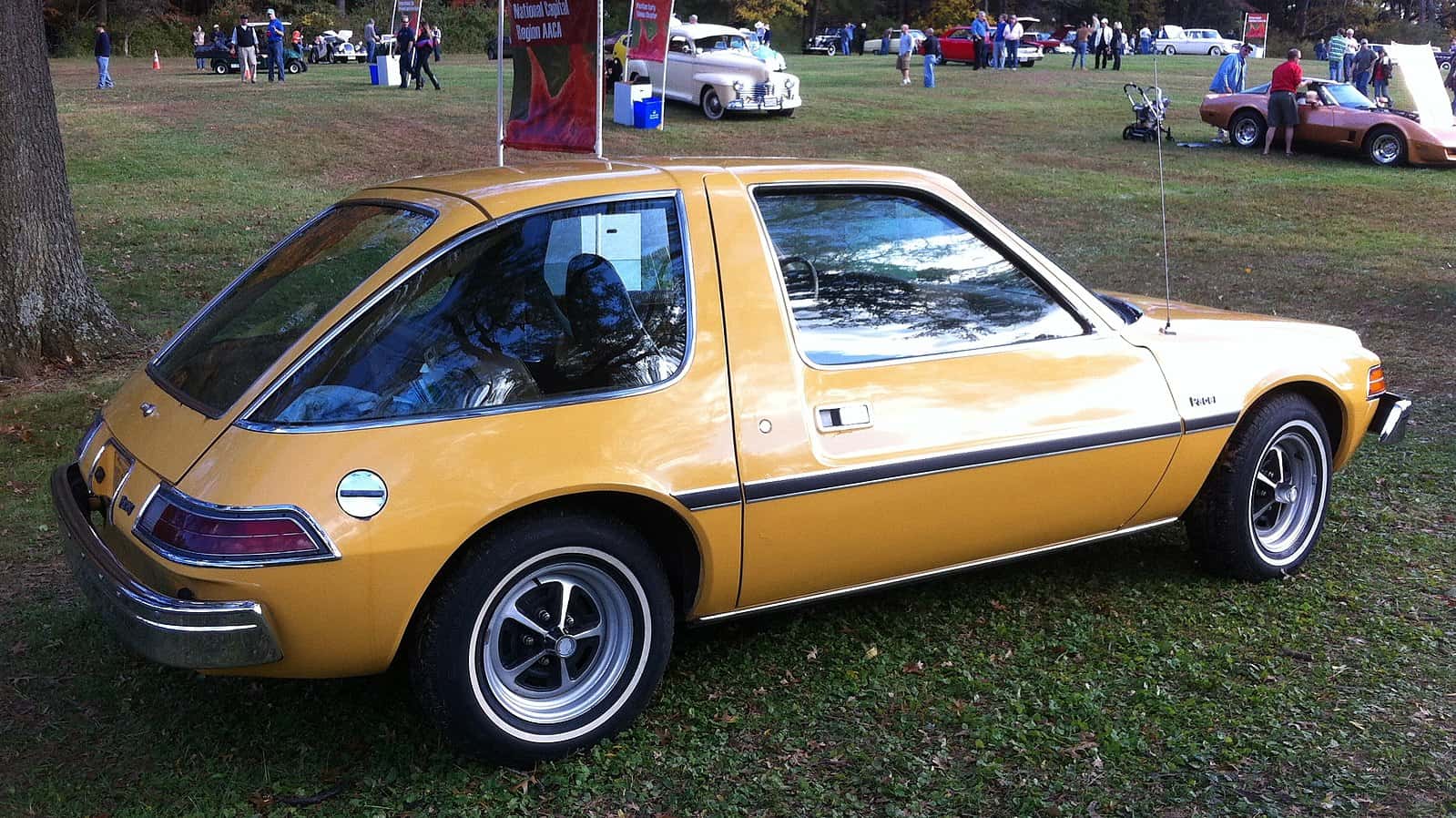
The AMC Pacer, introduced in 1975, was unmistakably, exceptionally un-cool, which is what makes it so retroactively cool. Marketed by American Motors Corporation (AMC) as the first wide small car, the Pacer featured a unique rounded shape and large windows, resulting in its idiosyncratic appearance. Its distinctive design, combined with features like a wider passenger side door for easy access to the rear seats, contributed to its appeal. Today, the Pacer is celebrated as a cult classic, admired for its retro charm and unapologetically bold aesthetic.
1975 Chrysler Cordoba
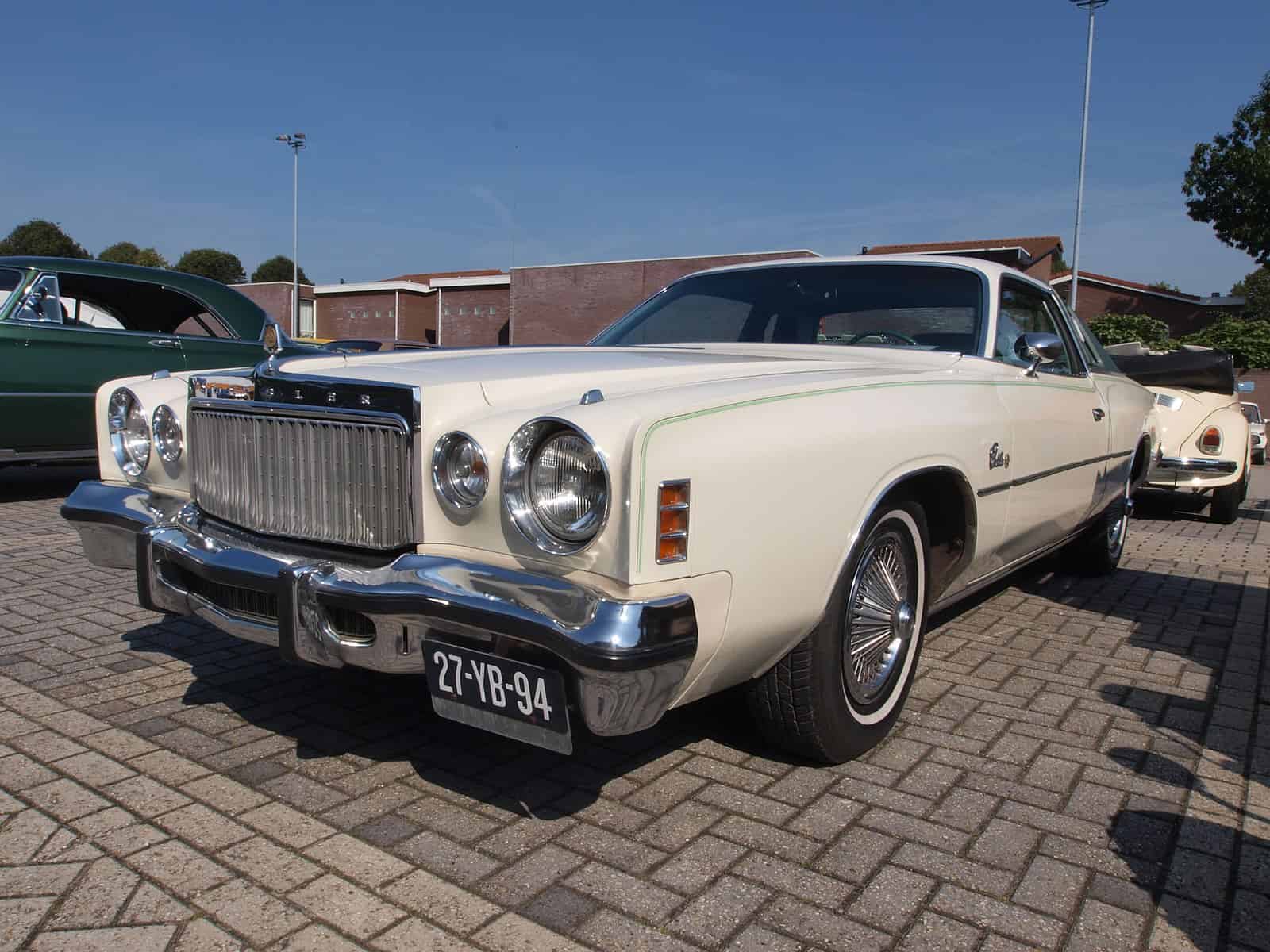
The Chrysler Cordoba was a mid-size sedan that gained prominence for its elegance and luxury. Produced during a time when American automakers were transitioning to smaller, more fuel-efficient vehicles, the Cordoba stood out with its upscale styling and distinctive front end featuring a bold rectangular grille. The Cordoba’s success was further boosted by a memorable advertising campaign featuring actor Ricardo Montalbán, who touted the car’s rich Corinthian leather interior. Though there is no distinct category of leather known as Corinthian leather, the marketing campaign was successful, and Corinthian leather became a pop culture reference.
1975 Gurgel Itaipu E150
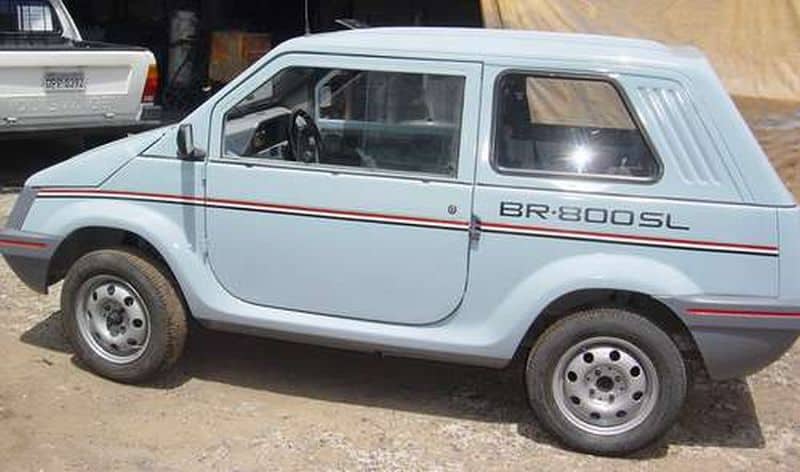
The Gurgel Itaipu E150, manufactured by the Brazilian automaker Gurgel, was an innovative and noteworthy example of electric vehicle technology. Named after the Itaipu hydroelectric dam, a symbol of Brazil’s commitment to renewable energy, the E150 featured a compact, practical design with a fiberglass body and a small, efficient electric motor. Gurgel’s focus was on environmental sustainability and a reduction of dependence on fossil fuels. While its production numbers were exceptionally limited, the E150 is regarded as a trailblazer. Later models, like the BR 800, pictured above, solidified Gurgel’s place in the e-car world.
1976 Ford Falcon XC
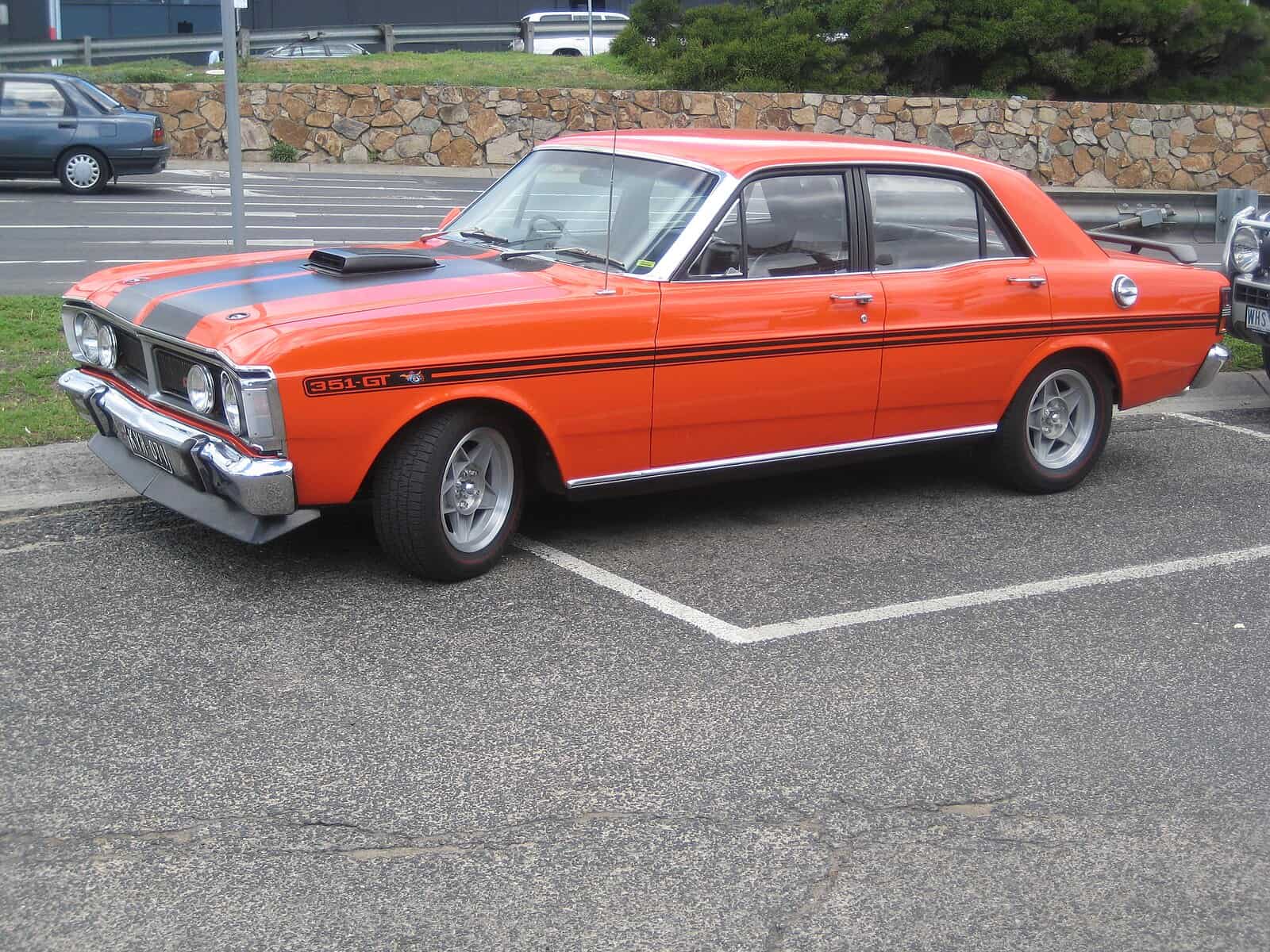
While facing increasing competition from smaller, more fuel-efficient cars, the Ford Falcon XC appealed to consumers who were still invested in a snazzy, suped-up ride. Produced in Australia, the XC is the third generation of the Falcon. A significant departure from its predecessors, the XC featured a bold and distinctive design, while maintaining the spirit of the original and the scoop hood. Available as sedans, wagons, and utes, the XC was produced between 1976 and 1979.
1976 Honda Accord
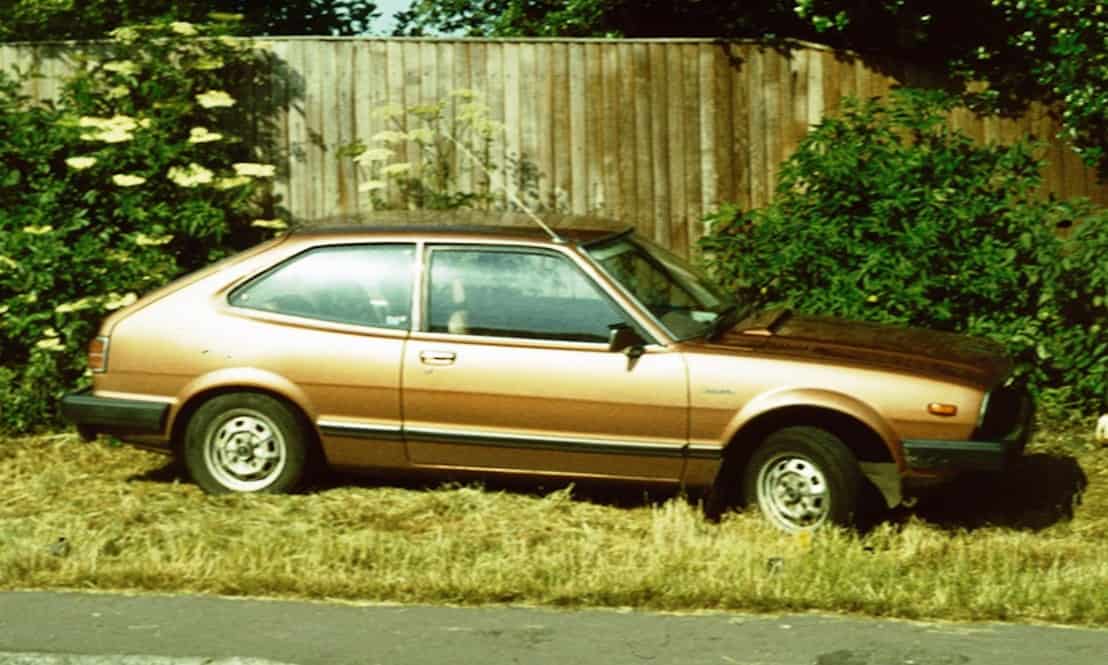
The 1976 Honda Accord introduced a compact and fuel-efficient car that would shape the perception of Japanese cars in the American market. As one of Honda’s earliest entries into the U.S. market, the Accord set new standards for reliability, fuel efficiency, and innovation. U.S. consumers responded to its compact design and practicality. The Accord’s success was driven by its exceptional fuel efficiency during a period of rising gasoline prices. This model laid the foundation for the Accord’s continued success in subsequent generations, becoming one of the best-selling cars globally and solidifying Honda’s position as a key player in the automotive marketplace.
1976 Panther Lima
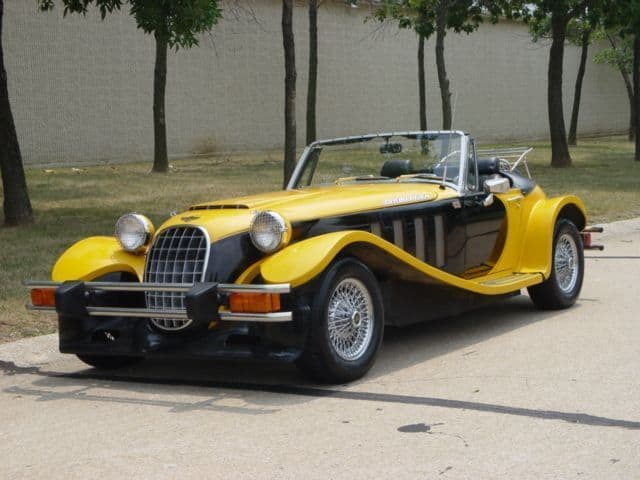
The third and possibly coolest Panther Westwinds model to make our list is the 1976 Panther Lima. The Lima, built on a Panther platform, featured an eye-catching long hood and a convertible top. Embodying classic British roadster aesthetics with a touch of modern flair, the interior of leather and polished wood added to the Lima’s splendor. With fewer than 1000 units manufactured between 1976 and 1982, the Panther Lima is a collectible appreciated for its combination of classic styling and contemporary luxury.
1977 Monteverdi Sierra
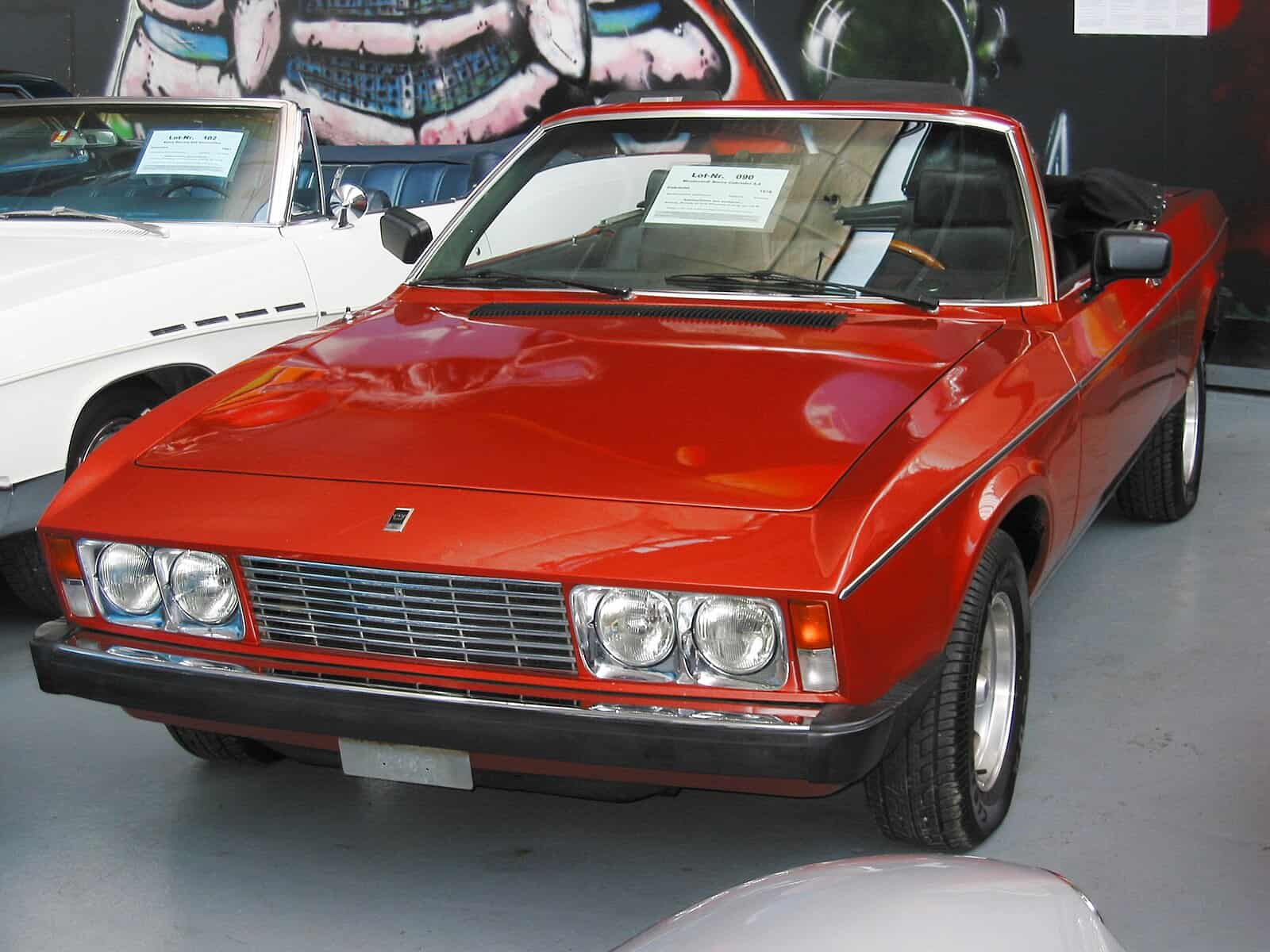
The Monteverdi Sierra, made by Swiss manufacturer Monteverdi, was a luxury sedan recognized for its elegant design and exceptional performance. The Sierra featured a spacious interior adorned with leather and polished wood. Under the hood roared a powerful V8 engine, providing a smooth driving experience. As Monteverdi’s flagship model, the Sierra was a testament to the company’s commitment to craftsmanship and exclusivity. With limited production numbers, the Monteverdi Sierra remains a sought-after collector’s item, cherished for its unique blend of Swiss precision, luxurious appointments, and refined driving performance.
1977 Sears XDH-1
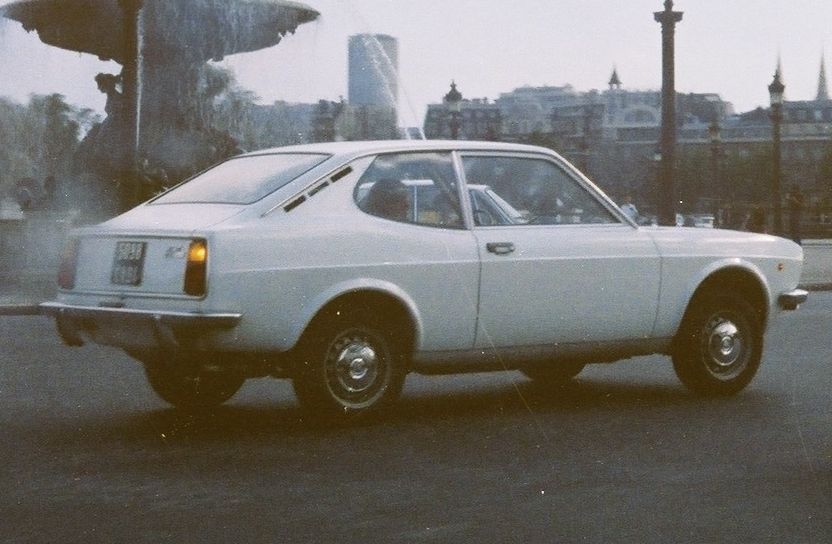
Of the 30 coolest cars released in the 1970s, the Sears XDH-1 has the most interesting backstory. To commemorate the 10th anniversary of the Die Hard battery, a small, three-wheeled electric vehicle was designed by the battery manufacturer Globe Union. The XDH-1 reflected the experimentation and interest in alternative transportation during that era. Designed as an economical and environmentally friendly solution for short-distance commuting the XDH-1 was powered by a 48-volt electric motor connected to 20 Die Hard batteries. Built around the chassis of a Fiat 128, the XDH had a top speed of 70 mph and a range of up to 90 miles at 50 mph; incredible performance for the time. Now nothing more than a rare artifact from a bygone time, the singularly produced XDH-1 can be viewed at the International Motorsports Hall of Fame in Talladega, Alabama.
1977 Fiat Fiorino

The Fiat Fiorino, introduced in 1977, is a compact commercial vehicle that has evolved over the years to become a staple in the Fiat lineup. Known for its efficient use of space, practical design, and fuel economy, the Fiorino caters to businesses requiring an efficient, economical solution for transporting products. Since 1977, the Fiorino has continued to be a popular choice for urban deliveries, offering a blend of functionality, compactness, and reliability that appeals to a wide range of commercial users.
1978 BMW M1
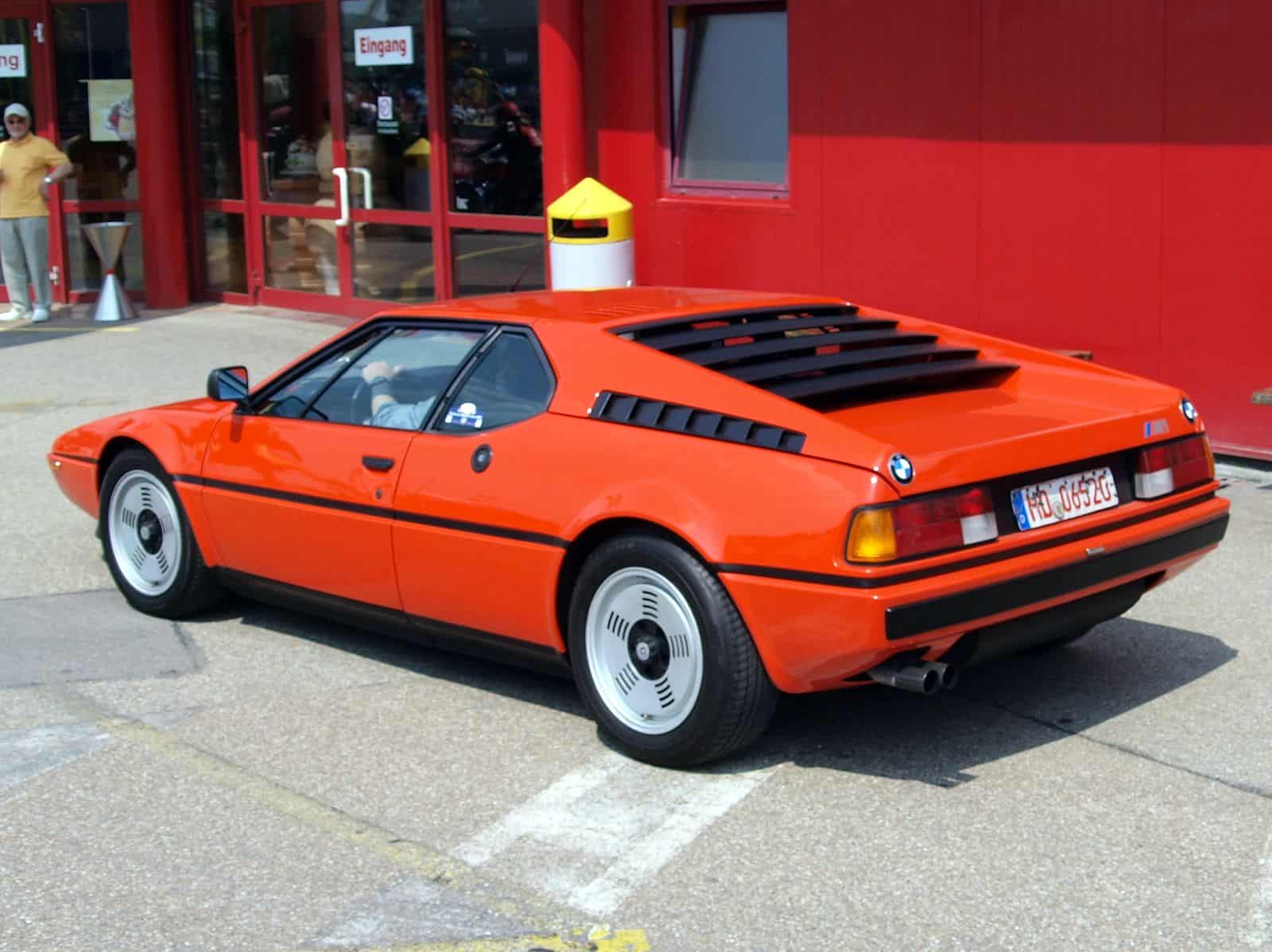
Introduced in 1978, the BMW M1, was an iconic sports car that holds the distinction of being BMW’s first and only mid-engine production car. A result of BMW’s collaboration with Lamborghini, the M1 featured a sleek, aerodynamic design, emphasizing performance and style. Powered by a 3.5-liter inline-six engine, the M1 delivered an exhilarating driving experience with impressive speed and handling. Initially intended for the racing arena, the M1 is a symbol of BMW’s commitment to high-performance engineering. With only 456 units produced, the M1 is a rare collector’s item, indeed.
1978 Toyota Supra
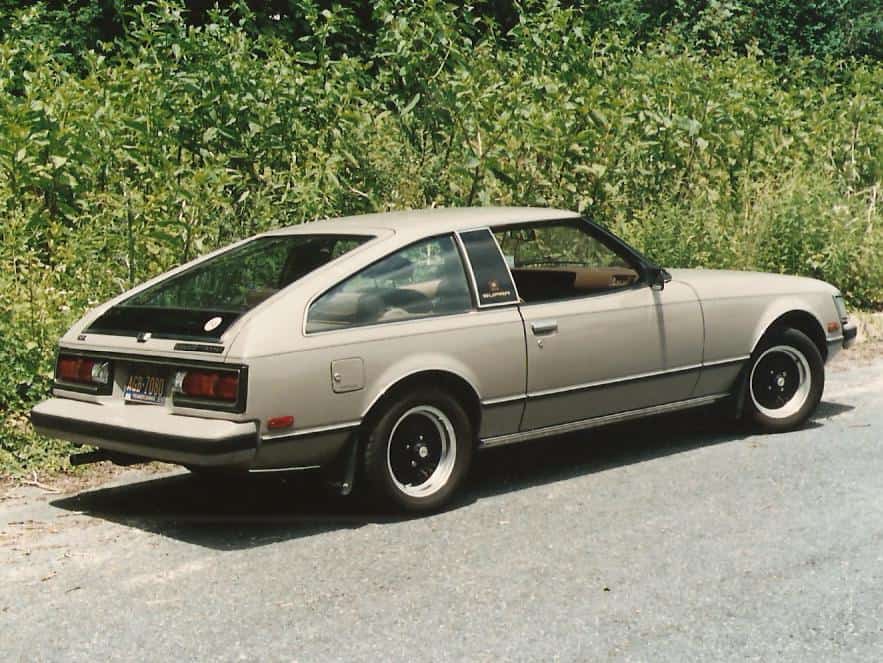
Initially part of the Celica lineup and known as the Celica XX in Japan, the original Toyota Supra was marketed as a more sophisticated and performance-oriented model. However, as it gained popularity, especially in the United States, it eventually evolved into a distinct model separate from the Celica. The first-generation Supra, officially known as the A40/A50 series, was a sleek fastback that offered a choice of inline-six engines, emphasizing a balance of sportiness and refinement. Over its early iterations, the Supra established itself as a capable GT car, earning a reputation for reliability and performance. Retired in 2002, the Supra retuned to Toyota’s lineup in 2019.
1978 Chrysler Valiant CM
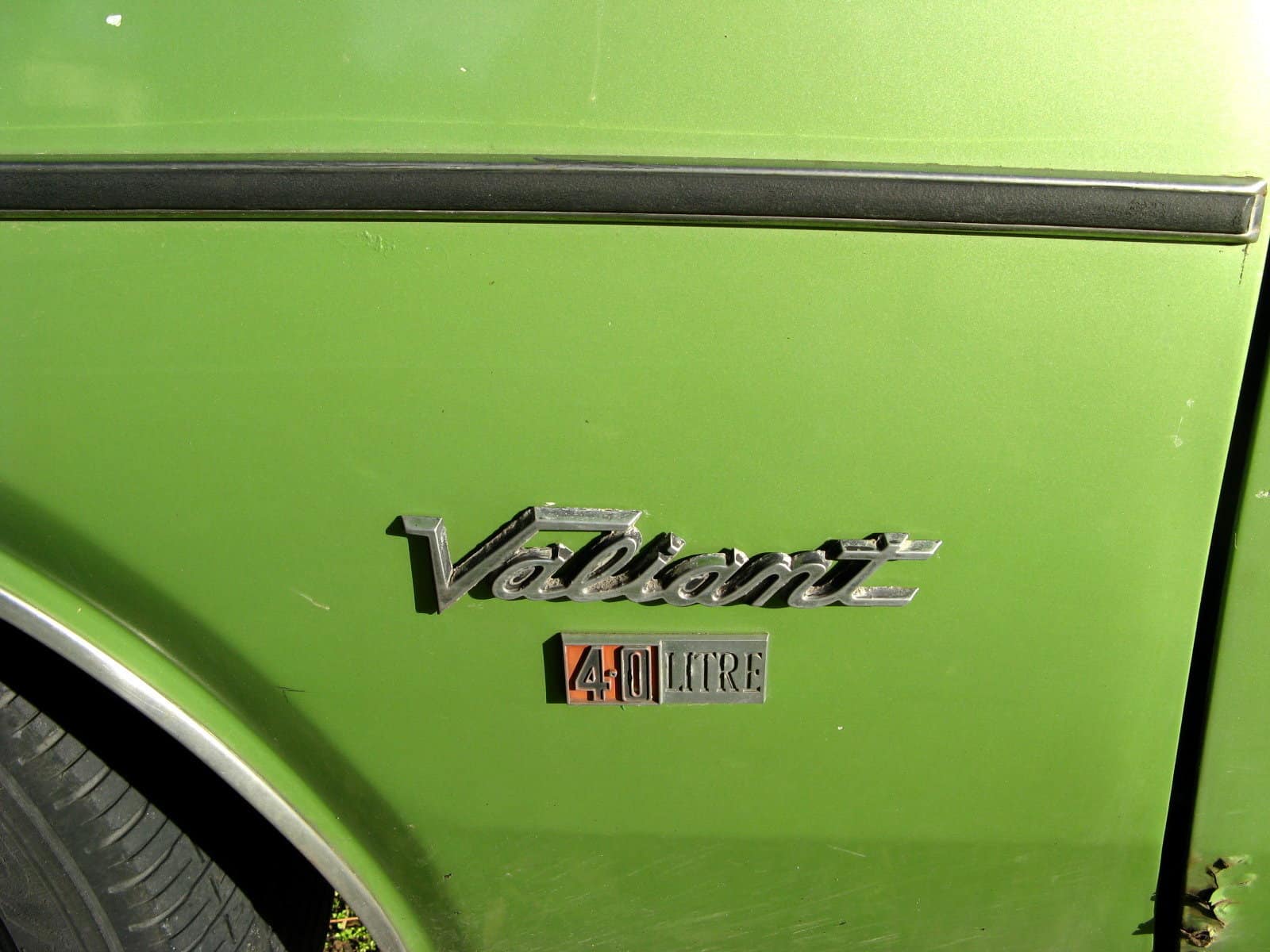
The Chrysler Valiant CM marked the final chapter of the Valiant series in Australia. Introduced in 1978, the CM model represented a culmination of the iconic Valiant lineage, touted for its powerful performance. The CM featured a revised design, with updated front and rear styling while continuing to offer a range of body styles, including sedans, wagons, and utilities. While the Valiant CM retained its reputation for durability and reliability, it faced increasing competition from smaller, more fuel-efficient cars, reflecting the changing automotive landscape, and was retired in 1981.
1979 Aston Martin Bulldog
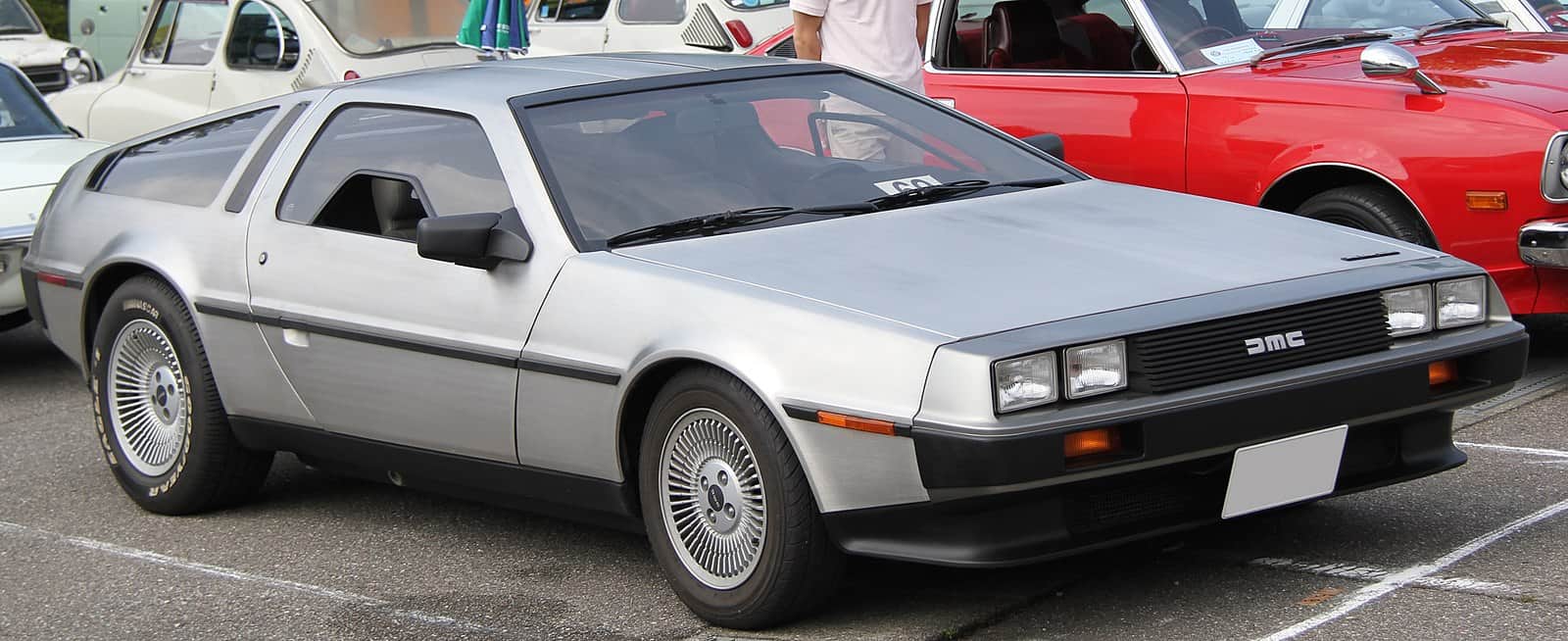
The Aston Martin Bulldog was a concept car that captured the imagination with its avant-garde design and ambitious engineering. Commissioned to surpass the 200 mph speed barrier, the Bulldog featured a striking, low-slung wedge shape and gull-wing doors, very similar to the DeLorean DMC-12, pictured above. Underneath the hood, the Bulldog boasted a potent twin-turbocharged V8 engine, capable of delivering remarkable performance. Despite its groundbreaking design and engineering prowess, the Bulldog’s production was limited to a single prototype due to financial constraints and changing priorities at Aston Martin. P.S. After cruising down a long and storied road that includes a Saudi Prince and 7000+ hours of restoration work, including a new engine, the Bulldog finally breached the 200-mph barrier in 2023.
1979 H-M-Vehicles Free-Way
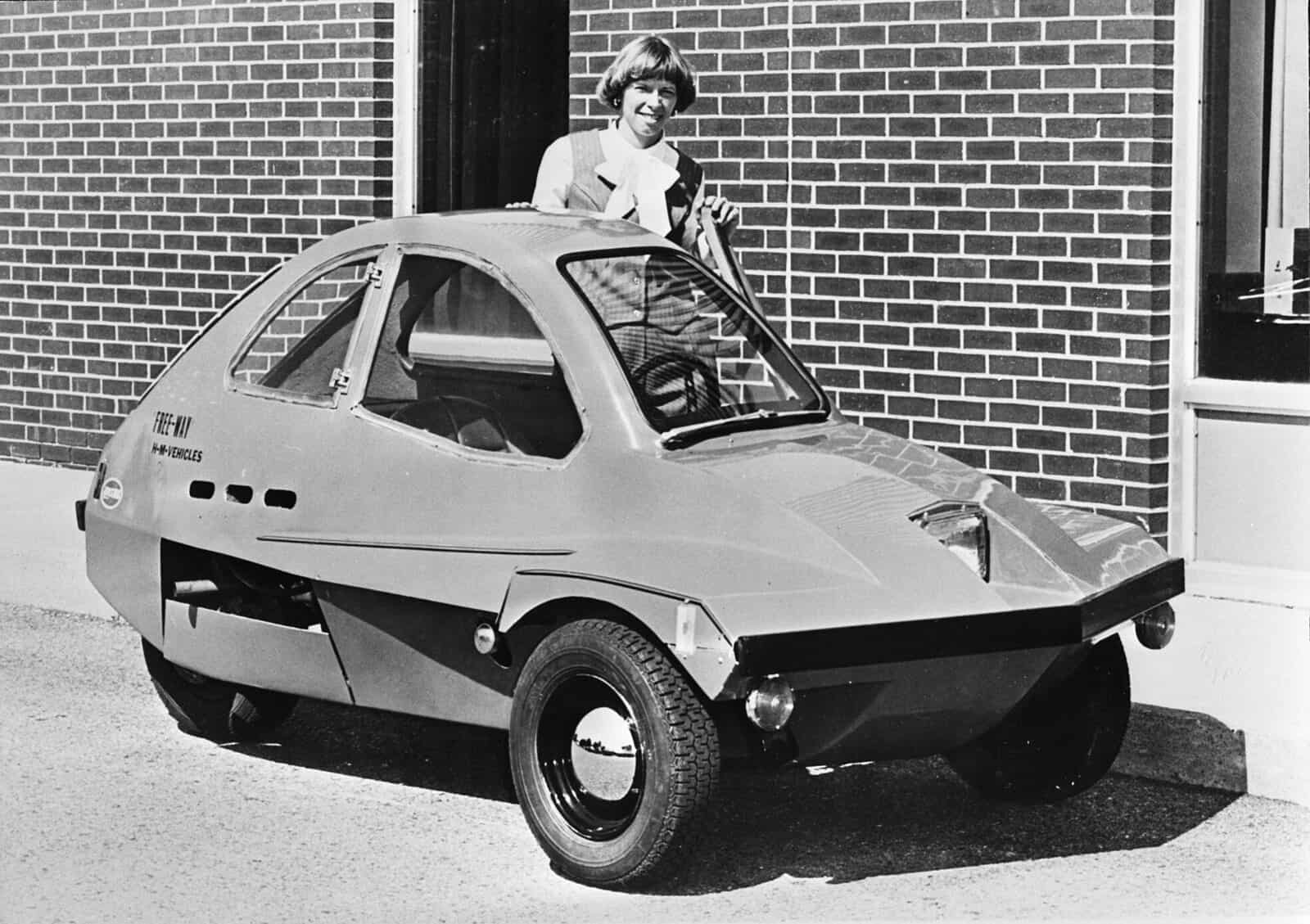
Manufactured in Burnsville, Minnesota, the H-M-Vehicles Free-Way was designed as an efficient urban commuter. With its unique and distinctive three-wheel platform, the High-Mileage-Vehicle’s one-seater Free-Way was part motorcycle, part automobile. Powered by small engines, often sourced from motorcycles, the Free-Way offered fuel efficiency and maneuverability, making it suitable for navigating crowded city streets. Produced between 1979 and 1982, the Free-Way was an innovative attempt to address the challenges of urban mobility in the late 20th century.
1979 Volkswagen Jetta
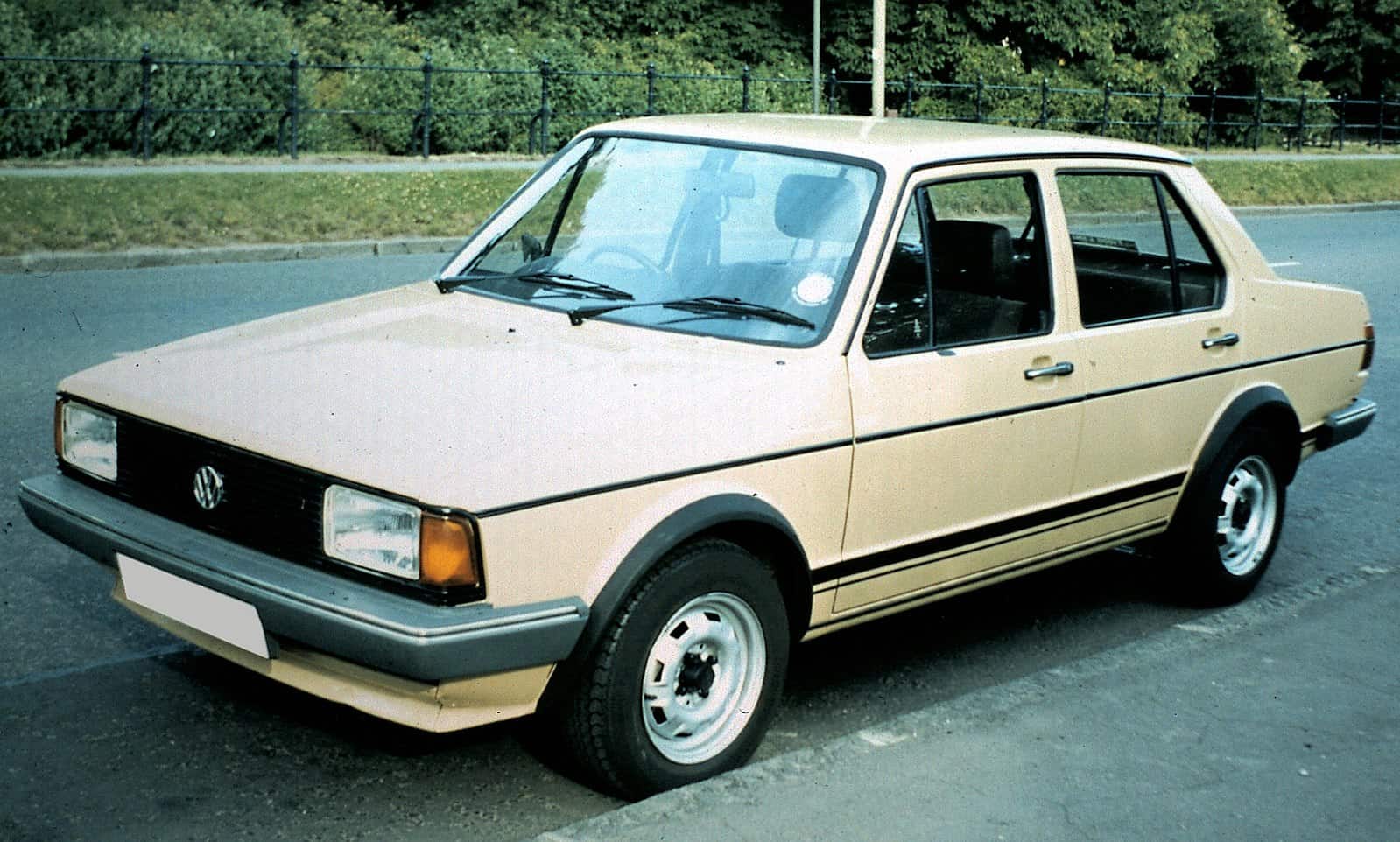
The inaugural Volkswagen Jetta, introduced in 1979, marked a significant expansion of Volkswagen’s product lineup. The Jetta shared the same platform and many components as the VW Golf but featured a conventional trunk, giving it a more traditional sedan appearance. The first-generation Jetta emphasized practicality, fuel efficiency, and a comfortable interior. Its design was relatively straightforward, reflecting the boxy aesthetics that were characteristic of the era. The Jetta quickly gained popularity, establishing itself as a reliable and versatile sedan in the Volkswagen lineup. Presently in its seventh iteration, he Jetta has evolved to become one of Volkswagen’s most enduring and successful models..
Sponsored: Find a Qualified Financial Advisor
Finding a qualified financial advisor doesn’t have to be hard. SmartAsset’s free tool matches you with up to 3 fiduciary financial advisors in your area in 5 minutes. Each advisor has been vetted by SmartAsset and is held to a fiduciary standard to act in your best interests. If you’re ready to be matched with local advisors that can help you achieve your financial goals, get started now.
Thank you for reading! Have some feedback for us?
Contact the 24/7 Wall St. editorial team.


